In Ljubljana, I got lost one day. Wandering over damp cobblestone in alleyway after alleyway, meandering through a city I didn't know until all bearings had been lost. In these tall, narrow passages there were no colossal landmarks for even a general orientation. No compass, no watch, no smartphone, no map. Only my memory and the occasional snapshot of some gargoyle, laundry forgotten in the unexpected snowfall, or a precariously perched Laško can to Hänsel-und-Gretel my way back to the hostel where my partner rested.
A day of finding those incongruous spaces is what feeds me creatively. It’s what I’m starving for when I consider the game worlds where I try, and so often fail, to get similarly lost. We've gotten too good at designing video game worlds. We have best practices, rubrics for successful map design, techniques and technologies to guide players — and we need to guide them — down explicit pathways. We can't have a player miss the expensive set piece that AAA demands, that moves units, gets high metacritic awards, and looks phenomenal on Twitter marked #PS4Share with a URL to buy the game. We have created worlds that refuse the illegible, the secret, the lost. Cohesion has been placed into a state of primacy, friction is a mistake to be routed, and because of this, game photography suffers at a time when it is more prevalent and popular than ever.
I don't remember the first photograph I took in this generation. But I know I took a lot. Somewhere north of 85 gigabytes (nearly half the space taken up by my conventional photographs) are sitting on an external hard drive, and those are the ones after the culling. If I didn't immediately love the games of this generation, God I sure did love the Share button. Even as I was bored, I couldn't help but shoot.
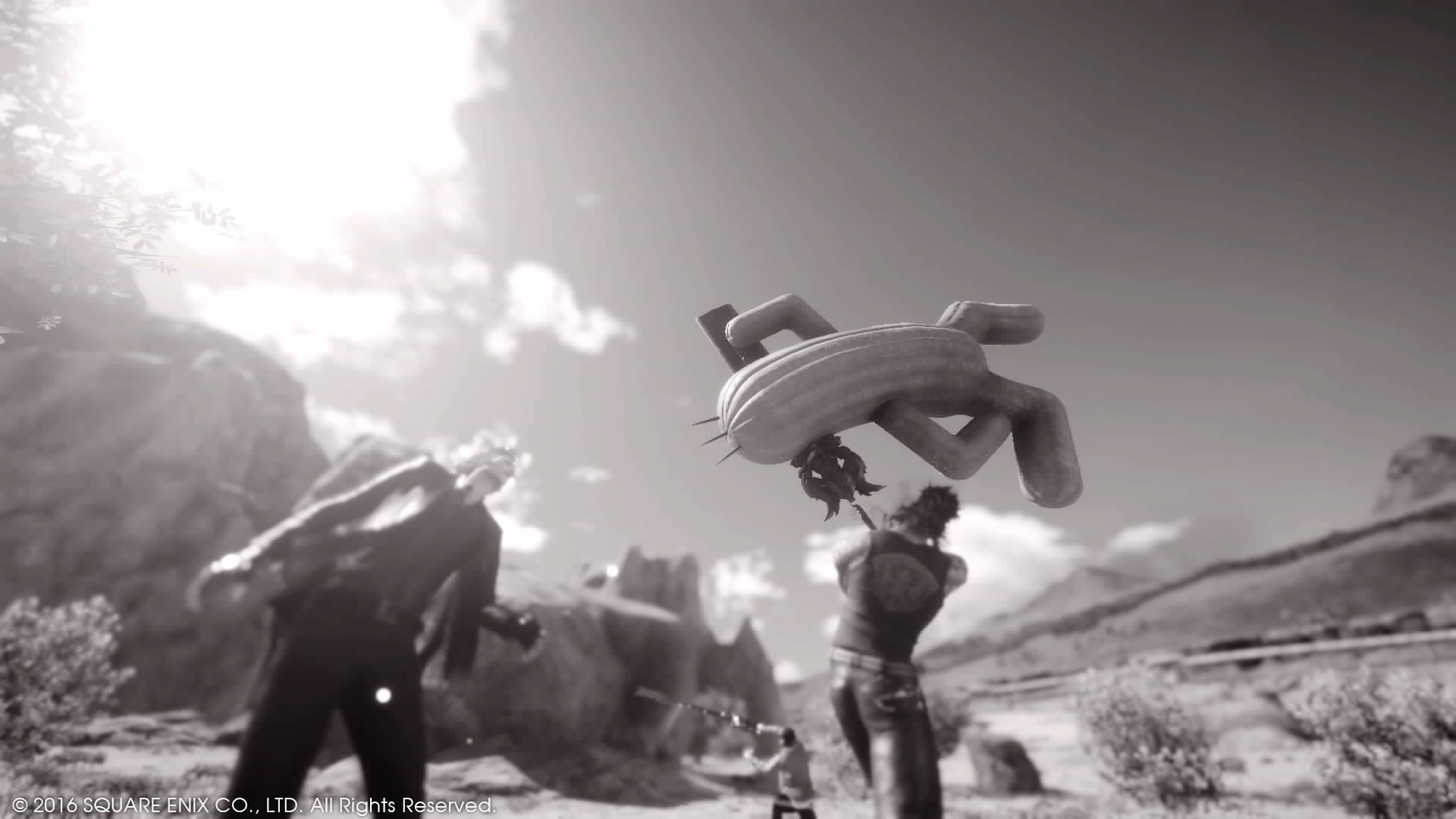
It was Final Fantasy XV that finally brought with it feelings of inspiration, that cut through functional but conventional captures. Sitting around a hotel room with the lads while Prompto paged through the day's shots, his friends offering feedback and the occasional joke. Many are “bad” photographs. They are poorly composed or lacking in focus. Shot from the hip with the shutter released just a second too early or too late. Blur, shake, blown highlights and blocked-up shadows are hallmarks of many of Prompto’s photographs. Chaotic, they resist casual legibility.
I don't know just how well FFXV sold, or what the final consensus was on the game. But I know that AI-driven blonde shutterbug had enthralled both me and Kotaku's Gita Jackson into writing multiple articles about him. But then something happened, a decision that would really mark the last three years of this generation where game photography reached the console audience in a huge way.
Final Fantasy XV added a photo mode. A regular one. Giving players the ability to take their own road trip photos. It's a decision I've gone through so many different emotions over. Astonishment and disgust at how a game that made such a revolutionary decision at launch could subsequently undercut that immensity by returning direct control to players. Resignation that this is what people want, and that's fine I guess. To trying to find joy in just a game where players can take photographs largely on their own terms.
But if I'm honest, I'll never get over a sense of betrayal. Not a personal one, mind you, but one of intent and design. Pushing back against the new and different, the constrained but expressive, the random and the wild. t eroded what was precious about the originality and ingenuity of Prompto's photographic AI. It was a safe decision, and creative safety is boring.
Three years, and a number of major releases later, we've yet to see anything like the pre-patched FFXV.
But we have gotten photo modes. Scores of them. Shadow of the Tomb Raider found Lara Croft playing at National Geographic-style photojournalism even in the middle of a kinder, gentler colonialist pillaging. Red Dead Redemption 2 gave us a hokey, frustrating, and largely feature-less bit of non-verisimilitude cloaked in a grubby, era-appropriate model of the original Eastman Kodak box (shout out to the artists on that). Control got a much demanded (from me too) photo mode in a later patch. And I can't think of a single Ubisoft game that didn't ship without a mostly stock Ubisoft socially-connected photo mode.
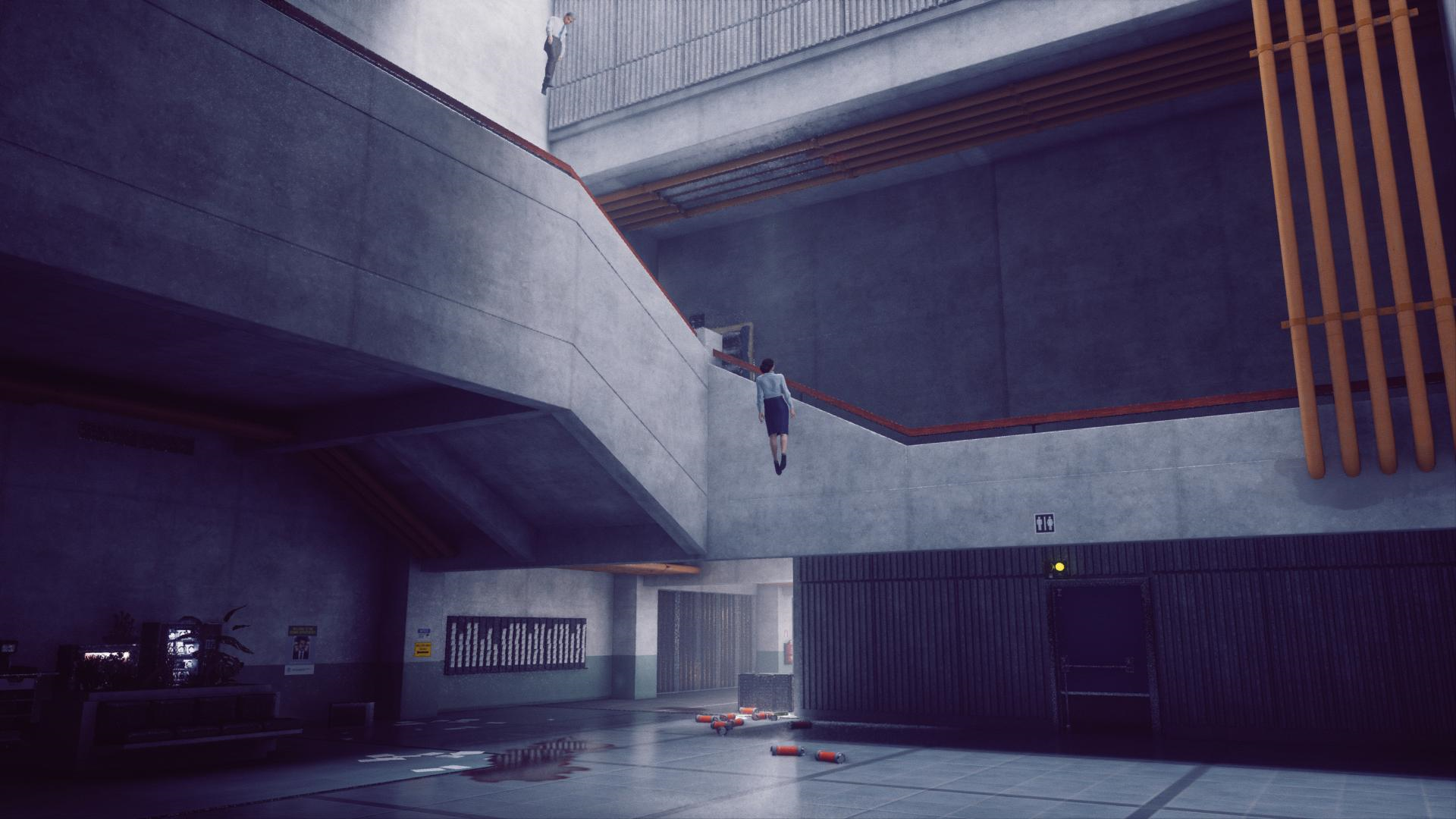
Some were better than others. Even with the disappointing late add, Final Fantasy XV still has the best monochromatic grading of any of them. Watch_Dogs 2 had the charming addition of scratches and greasy fingerprints on Marcus's phone lens (dude, seriously take better care of your shit). Horizon Zero Dawn let players control the time of day, and No Man's Sky let us move the fucking sun!
I'm pretty sure I used all of them, I'm pretty sure I enjoyed using most of them in some way.
Well, except for HZD's — for obvious reasons.
This truly has been the era of photo modes, and for a time I was so ecstatic I wrote year end pieces in praise of them, encouraging their adoption and prolific use, especially by people who fervently believe they don't have a creative bone in their bodies. I even pushed for Hitman to replace murder with photographic violence.
So, why then, as this generation begins to set, am I feeling so maudlin about the prospect of loading up Control and finally giving it a spin in a brutalist, bureaucratic horror house? It can't just be because of Prompto, right?
Well, part of it is these virtual worlds themselves. The world of cinema had given rise to One Perfect Shot, but this is specious. No matter how many ways a moment is filmed, there is only the one shot in cinema, ever. There are no options. And as large budget games derive more and more from film, push towards the blockbuster cinematic experience — players are equally left with only one shot, the corporate approved masterpiece of complicated labor politics, the easily read, permissive photograph.
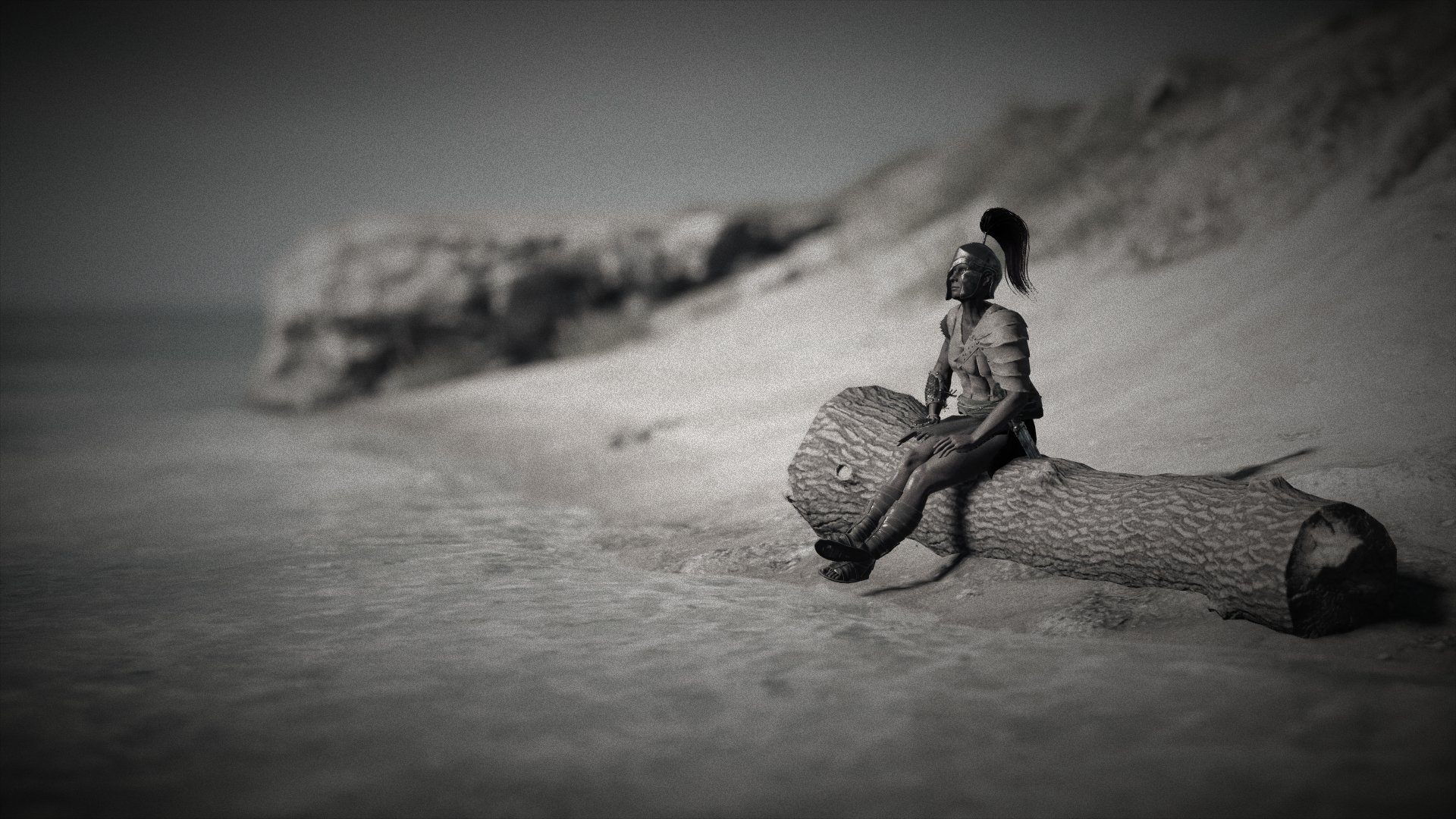
It's not just this spatial geometry that's to blame either. The life that makes up these worlds has become increasingly life less as well. The intrigue and complexity of Assassin's Creed: Origins gave way to the rudimentary Westworld-like mannequin syndrome of Odyssey. Shadows of the Tomb Raider copy-pasted the same half dozen models into a few dozen tight loops, ensuring that it was nearly impossible to achieve any variability in photographs. You will get the shot, the one "perfect" shot, and it will be a National Geographic spread. Where last generation we had The Elder Scrolls' non-player characters unintentionally — and breathtakingly — modelling the genuine absurdity of casual social interactions, we have largely backslid this generation into the hollow stuttering of The Country Bear Jamboree.
We have had an intensification of moments, but with them a paranoia that players will miss something. No studio wants to spend money on a whale watching trip and have players turn their heads, or worse, not have the whales show up. As a result, whales are scheduled, strictly regimented, loudly announced -- like Sea World orca showcases.
Rarely do these spaces feel built in the incongruous ways our own are. They exist as uniform environments, not architectural and cultural palimpsests. Where alleyways happen because a new apartment block needed to be built, a tiny unexpected courtyard just happens because someone wanted it to, strange engraved pillars whose original function has been lost. When our virtual landscapes are marked, it's not through momentary impulse. Graffiti exists to convey tone, lore, or instruction — not spontaneous juvenile rebellion or genuine political action.
Stairwells can never just be stairwells.
And perhaps they can't be, maybe that's just really unpleasant to play in, that we have been so conditioned by eight generations of game design that we would reject the simulation outright if they were built from the accumulated stuff of human elation, misery, imagination, and the vulgar banality of capitalism.
But as we perfect, focus test, datamine, analyze, and further refine these game worlds and how we create them, we lose the majesty of the imperfect. Even as they balloon in acreage and asset count, they grow more empty. As the possibility of the truly purposeless, the haphazard, random, and even ugly is further selected out, so too is the uniqueness of the personal connection to space and place.
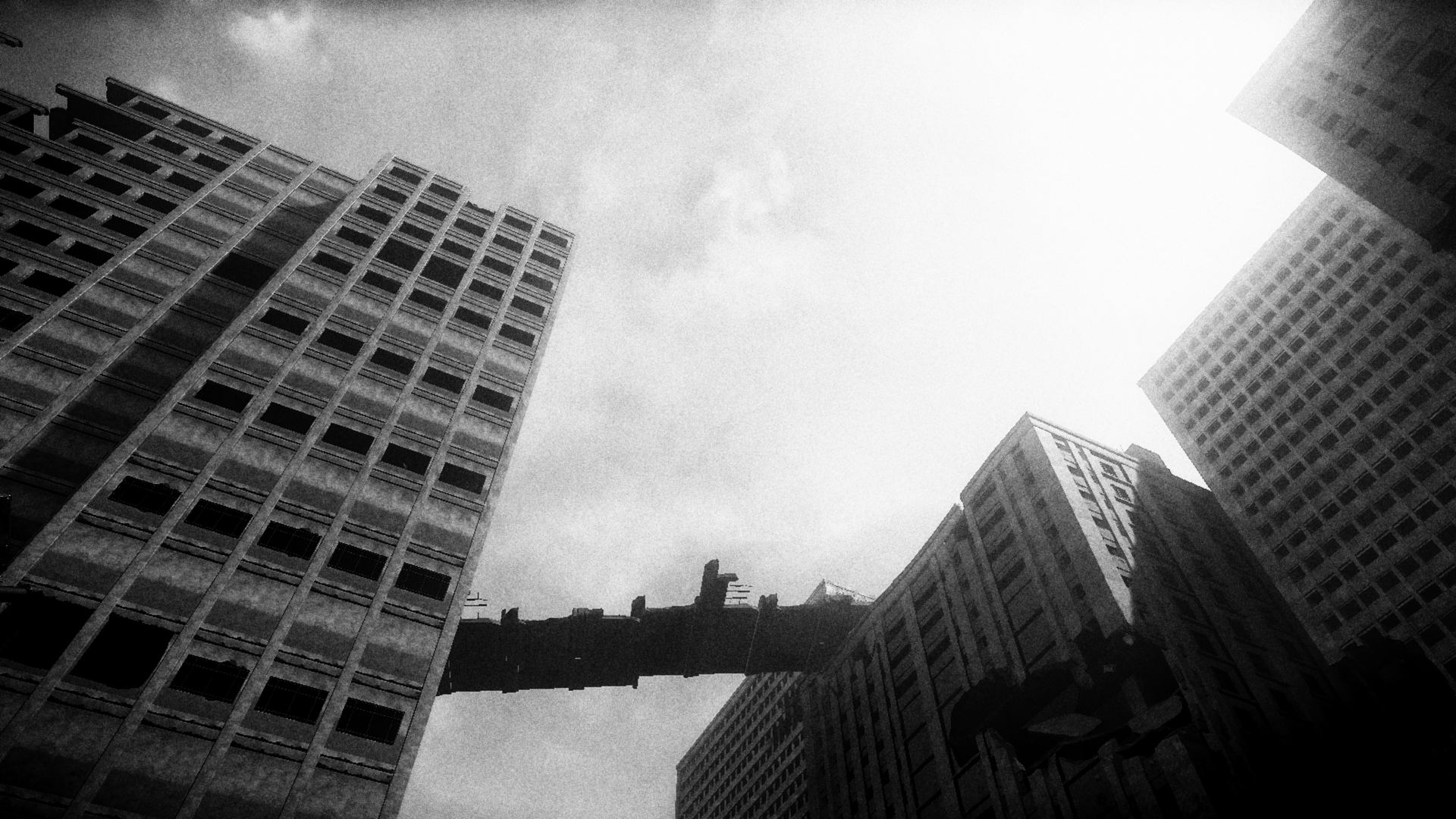
Informing these frustrations is the homogeneity of the photo modes themselves. I've always been a one camera, one lens woman. I buy a camera, learn it's quirks and love them utterly, and use only that until it dies — often I'll rebuy the exact same camera, even when it's nearly a decade out of date. And as I've gotten older and more confident (or set in my ways) I've gravitated to point and shoots — the Ricoh GRD being my preferred way of shooting. It's a matter of reducing complexity, shortening the input lag between experience, emotion, and shutter release. I should appreciate that nearly every game has roughly the same instantiation of a generic photo mode. But flat tools in flat worlds leads to flat photography. Something must give.
If you've played a Ubisoft game in this generation, you've seen it. Tap the thumbsticks or the touchpad and time stops. You're now free to move a version of the same camera presenting the game itself, now with controls for exposure, focus, what passes for depth of field, and focal length adjustments. Usually there are filters, some good, some ridiculous. It’s Instagram, VSCO, Snapchat, and all the rest. How long until we get a Hujicam filter? In these photo modes, and most photo modes, developers are chasting an idea of how a camera operates or what software most of us use on our phones. But, as with the chronic fixation on lens flares, they never stop to interrogate what photography actually is, what we are doing, or what it is doing to us.
In non-gaming photography, light falls on the world and bounces back at us. We only see what reflects and refracts. We can only photograph what is physically there, what has happened. The light itself is already a transmission of memory. And with our cameras we capture those photonic impressions, locking time in a preservative substrate.
Final Fantasy, Sekiro, and Judgment set up what I consider truly diegetic photo modes. They exist explicitly within the world they observe and record. In a way, they are embodied. In FFXV, the photographic camera is given physicality in Prompto. In Sekiro, we have to create it through Sekiro's own eyes. Kamurocho's residents push past, gawk, pose, and exhibit disgust at Yagami's raised smartphone. Time passes naturally in these worlds as seen through the viewfinder until a virtual shutter slashes a moment from sequence and preserves it outside the reach of time.
Final Fantasy XV has very little depth or vitality in the world. Fantasy Lisbon is pleasing and populous, but ultimately just as static as Tomb Raider's bizarre depiction of Cozumel. It's the complexity and mystery of "Buddy AI" that innervates the process. Anticipation and unexpected remembrance are core to FFXV's successes. In a controlled world, this lack of control creates expressive wonder.
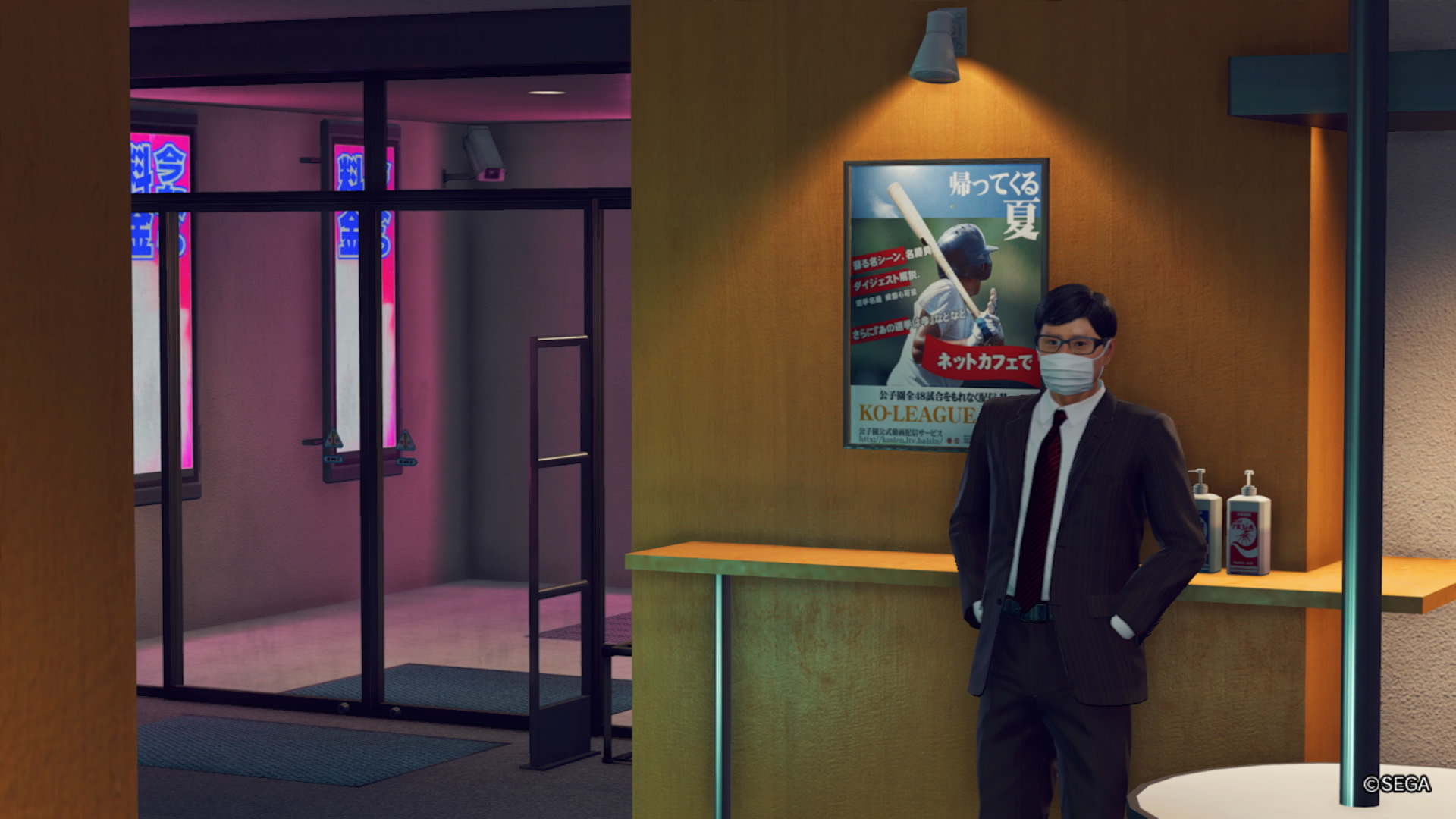
Judgment provides players with the rudiments of a smartphone. There are a few manual adjustments, but the effect is largely point and shoot. The difference is that few games feel as genuinely alive and brimming with the full potential of humanity, even if it's a mirage driven by technology and art. The care given to facial and bodily animation, the verisimilitude of a cityspace that has persisted through time and cultural shifts, both macro and micro, blend together lending the impression of a living place.
Sekiro skirts a middle ground. It has no "true" photo mode. Its world is locked in a cyclical stasis, there's no particular animate depth to its life. However, there is risk. Hiding the UI entirely, entering the defenseless position of drawing one's spyglass, and praying nothing bad happens while you're attention is focused on the shot.
A careless attempt of zooming with your feet?
Death.
The soldier with the cannon?
Death.
That motherfucker on the kite, while you were just trying to capture the sweeping beauty of snowcapped peaks and twisted pines behind the tile-roofed castle, that you knew, you fucking knew, was there, but you didn't account for this time?
Also, Death.
But, at least if you're fast enough, maybe an incredible shot as he slams into your face and dismantles you.
I'll get it one day.
In order to get those shots, you must pursue them, always at your own peril. This tension, experiential requirements, and uncontrolled worldstate provide opportunity for expressivity beyond the rudimentary tools of acquisition.
Photography means "light drawing" but is that truly what we are doing? Is photography generative or is it merely recordative? Is it creation or acquisition? But what is game photography? Or really, what should game photography be?
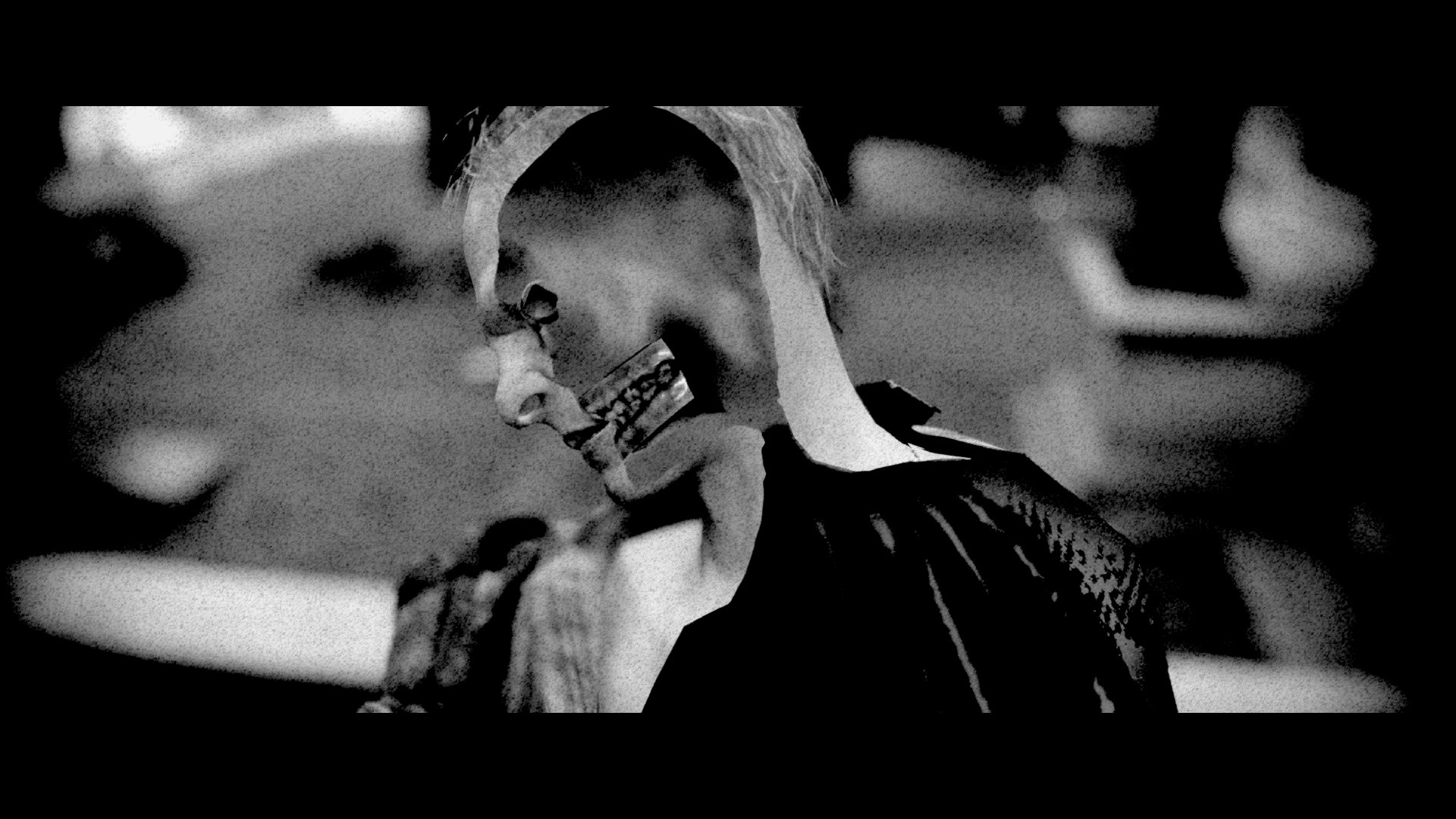
In 1972, Japanese photographer Daido Moriyama released a monograph titled Shashin yo Sayonara, or Bye Bye Photography -- a rebellious series of images thought to be unacceptable by the established medium. It presents a raw, chaotic, almost vulgar body of work. Negatives destroyed in the developing stage, wildly overexposed, a shutter too slow, a lens too close, or unfocused. Direct negative prints with sprocket holes huge on the page, the unplanned photographs taken when advancing a freshly loaded roll of film. It is a book that almost sneers at the notion of the photographic print (long held to be the standard of the photographic process), especially the gallery print, and outright rejected the accepted grammar of photography. Even the ordering of the book is seemingly arbitrary. It invites speculation, even as it pushes back aggressively. It’s a collection of photographs that defies legibility, bordering on contemptuousness. Moriayama wanted to quit photography, this collection is both a love letter to a medium, a farewell, and in a way, a massive fuck you.
Few things are as achingly beautiful.
Conventional photography readily offers the means to do this. You can break up with photography and throw its record collection and clothes out of your formerly-shared apartment window. You can push it to the edge of what is legible, acceptable, even physically possible because there are processes, there’s randomness inherent in the world and both acquisition and development of the photograph. There are always undeclared variables. With the exception of PC mods or ram-rodding a screenshot through Photoshop, the game photographer is left with few options for moving forward, for exploration of these territories. How do you push something to the edge, when you’re not given the verb “to push?”
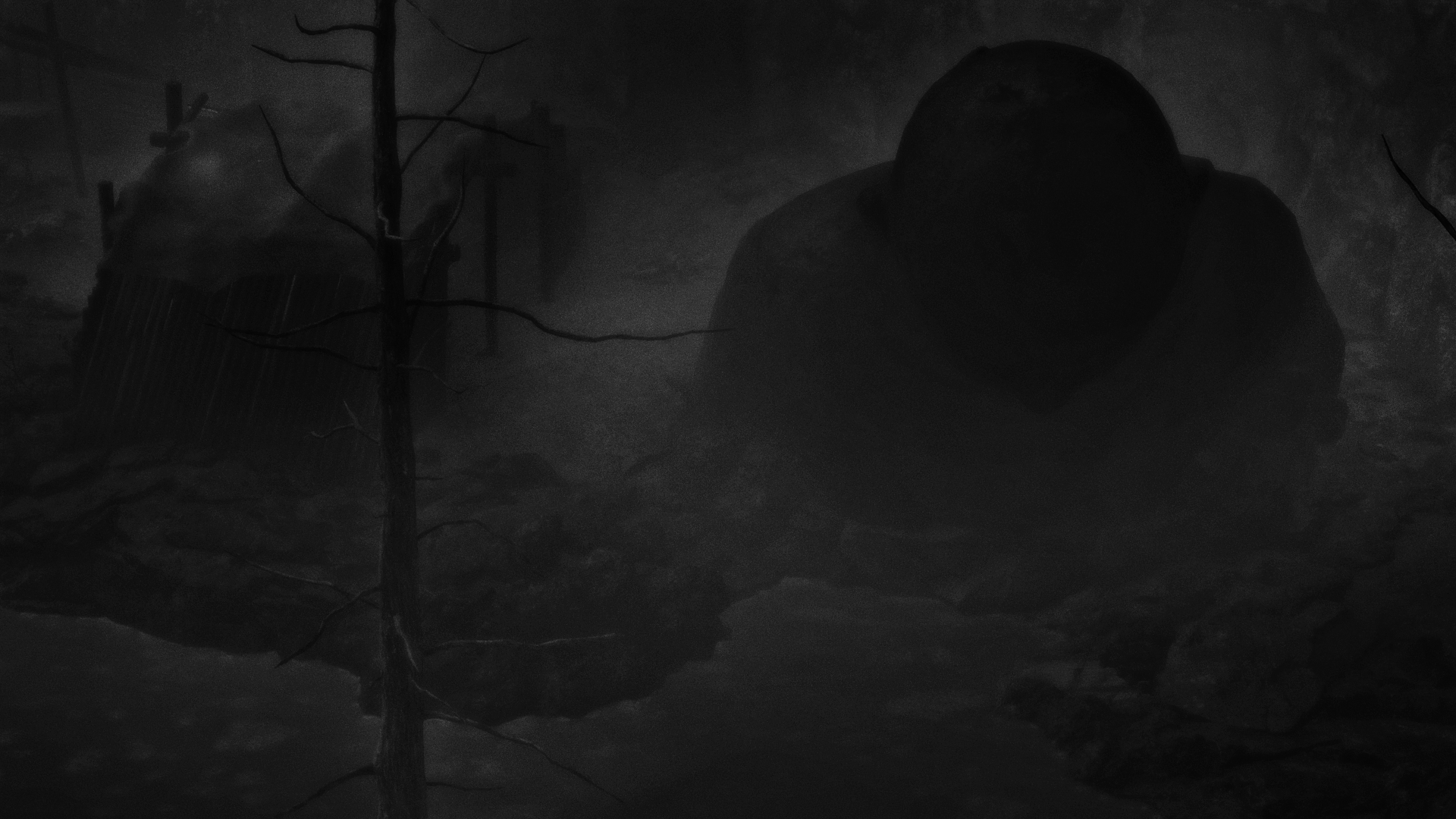
This generation saw the advent of the photo mode in console gaming. And with a few exceptions it also saw its plateauing. From a radical new way of exploration and expression, to an expected pack-in or afterthought.
I don't know what the game photography equivalent of Bye Bye Photography is. Maybe it's bringing the tools that modders have enjoyed to consoles at long last. Could embracing non-standard methods of photography like Final Fantasy, or building photography into the gameplay like Fatal Frame, be the answer? Or is it in creating worlds with the potential for the clumsy and chaotic again? Game worlds this generation became vast, heavily signposted parklands and photo modes turned into one more way of collecting the experience, merch to wear and share long after we pass beyond the gates. Maybe they need to be smaller, places that have a life beyond our consumption, where the photographer inhabits the same space as their subjects, and everyone is slightly changed the moment the shutter closes.
from VICE https://ift.tt/39qiQsW
via cheap web hosting
No comments:
Post a Comment